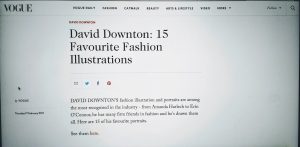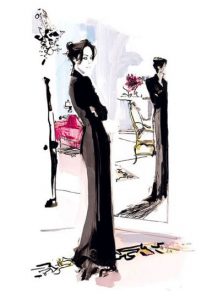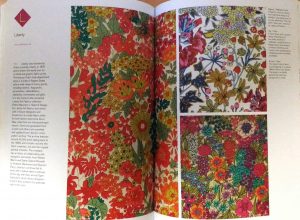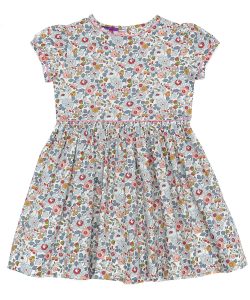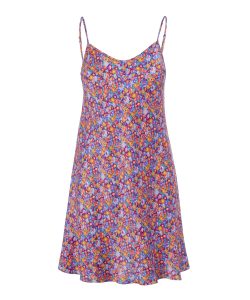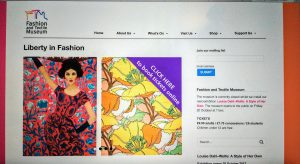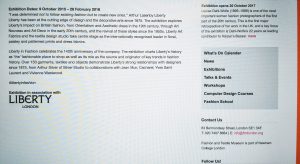At the start of the semester, I was a little unsure as to what to expect from the Research and Communication module as I had no previous experience of writing about fashion and design. However, as the weeks progressed I found myself actually enjoying the tasks we were given since I felt I was acquiring more in-depth knowledge of my subject that built my confidence.
The first task ‘Online resources’ helped me to familiarise myself with the library and reliable internet sources. We were asked to find a book, website and article, caption each source and write a brief summary of the research process. I chose the brand Liberty because as a textile student I was intrigued by the company’s timeless success and popularity. During the process, I learnt how research can lead to new sources of inspiration: for example, I discovered that there had been an exhibition on Liberty at the V&A, which encouraged me to be more aware of current shows and events. The second task ‘Academic Integrity’ taught me to correctly reference any quotes or imagery that I used in my work to avoid plagiarism. Although I didn’t find these tasks very interesting, they were beneficial to the extent that they enabled me to identify relevant and reliable sources of information, but I wanted to try something a little more challenging.
For the next task ‘Visual Research’ we had to choose a designer and identify at least ten references that influenced their work, then write a short analysis of one selected image. I chose to learn more about the textile artist Clarissa Hulse: her colourful and flamboyant style appealed to me and as she’s a contemporary designer, I thought that I could use social media platforms to support my research. I struggled a bit with this task, possibly because I wasn’t satisfied with the relevance of the images I’d used. I concluded that my choice of designer had limited the range of available sources and had I researched a more celebrated brand the work would have been easier. The analysis, however, was more interesting as I love deconstructing designers’ work and acquiring a more informed knowledge of the piece.
The ‘Reflective writing’ task was a little more time-consuming but perhaps the most interesting topic we were given. Sanda Miller’s chapter on “Taste, Fashion and the French fashion Magazine” included a lot of background history that I was previously unaware of, and so appreciated all the more! I thoroughly enjoyed this task as it presented many interesting issues and concepts. But I felt I had too much to say and my writing perhaps suffered for it. If I had focused on one or two specific ideas from the text, my analysis would have been clearer and more structured.
The most recent task we were given, ‘Ethical issues’, I found the most difficult to write about. I feel very strongly about this topic and struggled to keep my analysis relevant and objective. It definitely enhanced my awareness of contemporary issues whilst underlining the ethical responsibility of designers who have a very public role in society.
Throughout this module, I have learnt to communicate my ideas in an academic context by practising self-expression in a more structured manner. In my studio practice, I have come to appreciate the library as a rich and reliable source of information. I also hope to use the research skills I have acquired to gain a more extensive knowledge of the industry in which I hope to work.

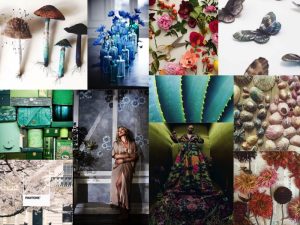
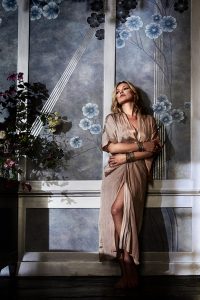
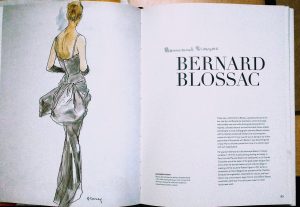
![David Downton website (by Oro Design) Dior Couture 2010 Available from: http://www.daviddownton.com/couture/ [Accessed 23rd October 2017]](http://blog.soton.ac.uk/rcs/files/2017/10/8b61ce5a08a708f40420bd7c8e47ebc0-246x300.jpg)
